- Home
-
Admissions
-
Academics
-
Students
-
Research
-
Research Centers
- Cancer Research Center
- Center for Excellence in Development Disabilities Education, Research & Service (CEDDERS)
- Center for Island Sustainability (CIS)
- Marine Laboratory
- Micronesian Area Research Center (MARC)
- Water and Environmental Research Institute (WERI)
- Western Pacific Tropical Research Center (WPTRC)
-
Research Centers
-
Outreach
- Giving
- Alumni
-
About
Herbarium
Loan
Herbarium
Menu
Loan policy
The University of Guam Herbarium (GUAM) receives a small budget to exchange and loan materials. However, because of limited personnel, loans may still take several weeks to process. Receiving institution may wish to expedite an exchange or loan by providing prepaid packing and postage.
-
- We recommend initiating requests for loans or exchanges in writing via post (not e-mail) with the curator.
- Loans are ordinarily made to institutions and not to individuals. The borrowing herbarium must accept responsibility for the safe custody and return of the specimens. Specimens must not be removed from the institution to which they are loaned without prior permission.
- Requests for loans must be signed by an administrator (director, curator, collection manager) responsible for the herbarium at the requesting institution. Requests should state the name(s) of the researcher(s) on whose behalf they are made, together with a statement describing the title, nature and scope of the investigation. Loan requests via email are not accepted.
- Loans are made for a specified period. Please request an extension of the loan period if you require the material for further study.
- All specimens must be stored in insect-free, airtight, herbarium cabinets with proper fumigation.
- Do not dissect the specimens unless this is agreed upon in advance.
- No portion of the specimens on herbarium sheets may be removed for destructive analysis purposes without prior permission. Requests for destructive analysis should accompany a loan request and detail the specimens or materials required and the procedures to be conducted.
- Non-destructive specimen photography and scanning is permitted for non-commercial purposes and when attribution is given to the University of Guam Herbarium.
- All borrowed material should be annotated as fully as possible by the investigator. An annotation slip should be composed of acid-free paper and bear, at least, the determination, the name of the investigator and the date. All marks should be made in permanent ink or be typewritten (not ballpoint pen, felt tip pen or pencil). Glue the annotation on the sheet in a blank space as near to the original label or most recent annotation as possible. Attach the slip with a conservator-approved permanent glue (e.g., methyl cellulose, PVA white glue, DucoCement; not rubber cement or glue stick adhesive). Self-adhesive labels are not permitted; they are not archival!
- Please inform us of all publications which are based upon, or cite, our specimens.
- Please return the original packing material, unless it is severely battered, and pack the specimens similar to the way in which they were sent.

